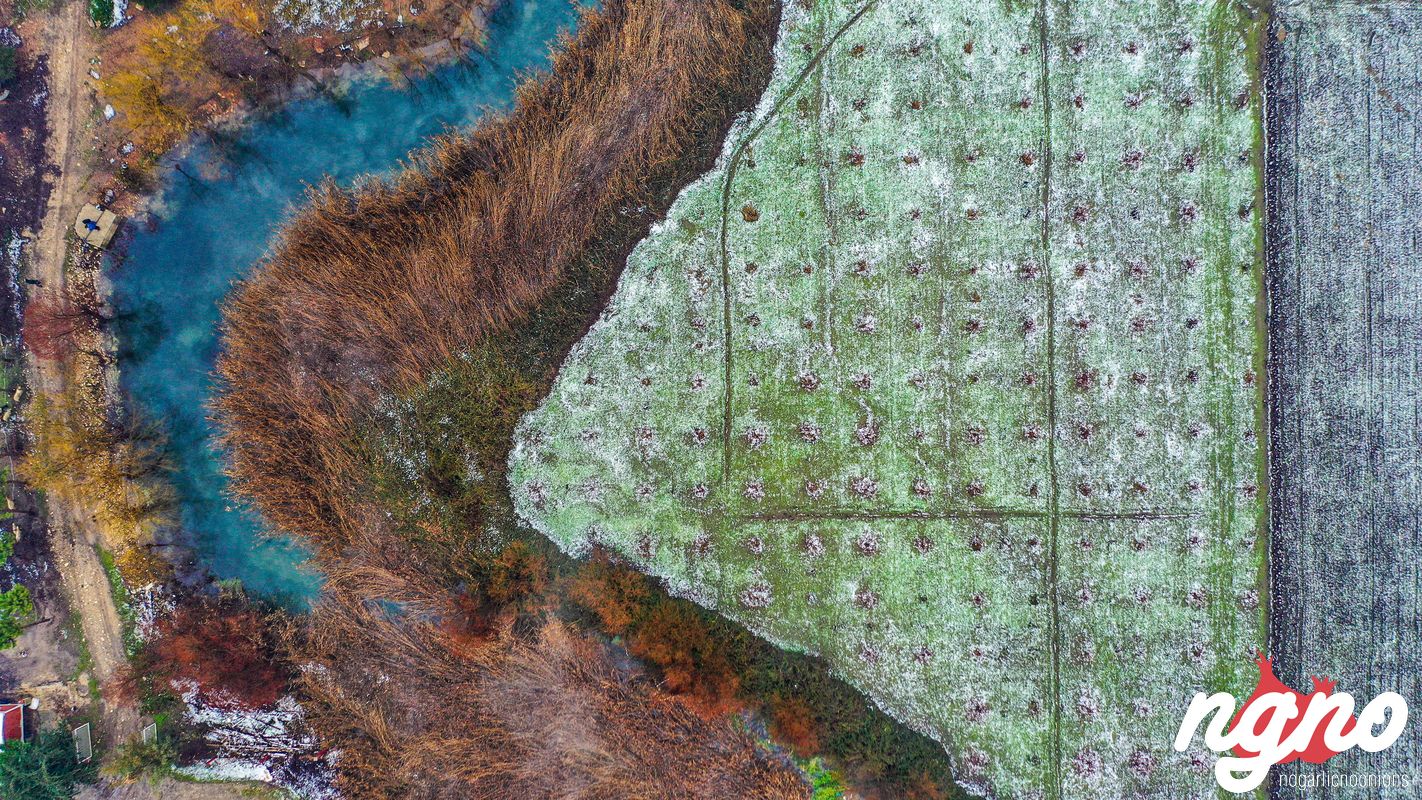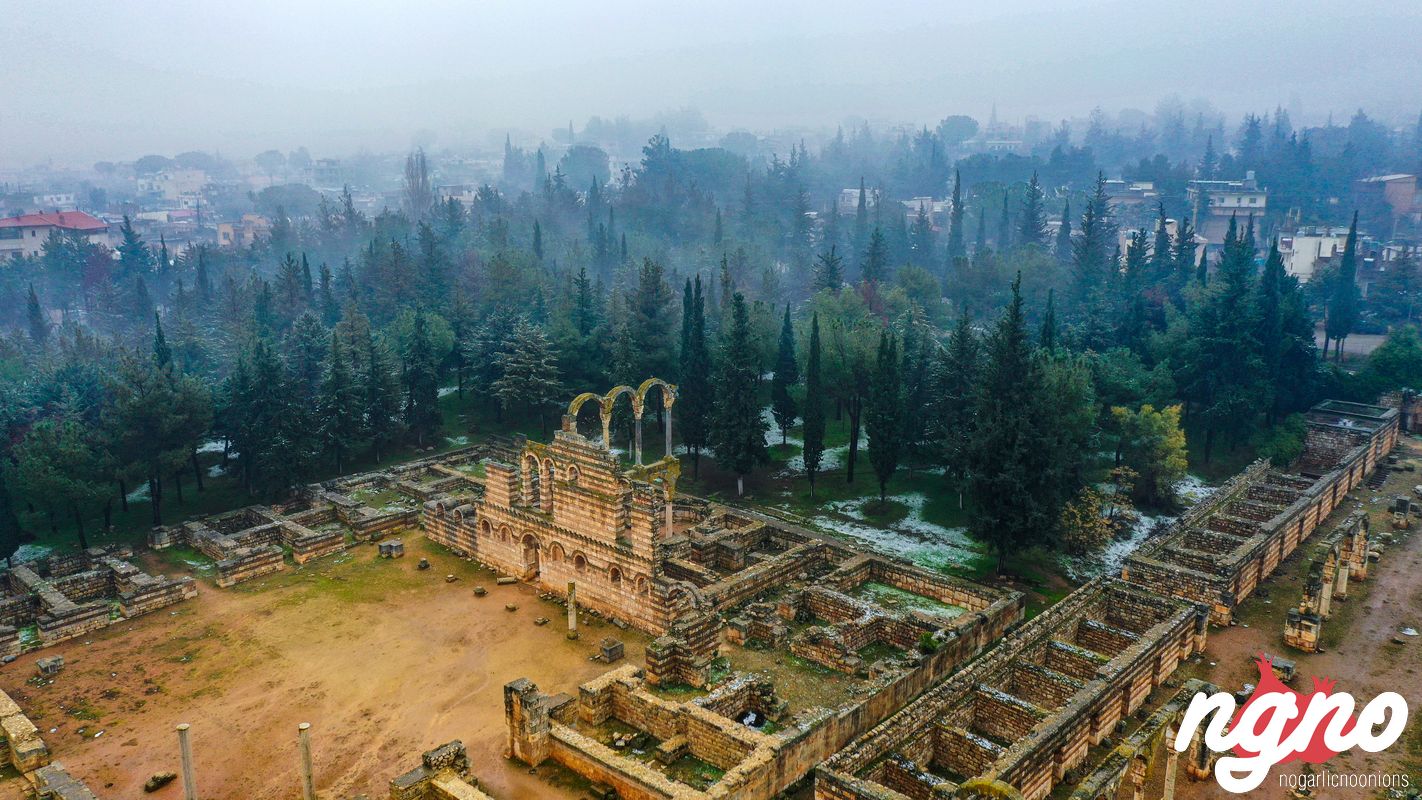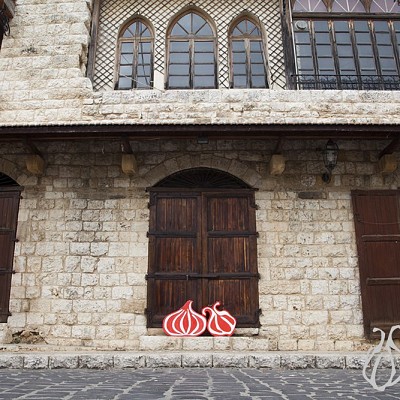Outstanding Universal Value
Brief synthesis
Founded during the Umayyad period under Caliph Walid Ibn Abd Al-Malak (705-715), the city of Anjar bears outstanding witness to the Umayyad civilization. Anjar is an example of an inland commercial centre, at the crossroads of two important routes: one leading from Beirut to Damascus and the other crossing the Bekaa and leading from Homs to Tiberiade. The site of this ancient city was only discovered by archaeologists at the end of the 1940s. Excavations revealed a fortified city surrounded by walls and flanked by forty towers, a rectangular area (385 x 350 m). Dominated by gates flanked by porticos, an important North-South axis and a lesser East-West axis, superposed above the main collectors for sewers, divide the city into four equal quadrants. Public and private buildings are laid out according to a strict plan: the great palace of the Caliph and the Mosque in the South-East quarter occupies the highest part of the site, while the small palaces (harems) and the baths are located in the North-East quarter to facilitate the functioning and evacuation of waste waters. Secondary functions and living quarters are distributed in the North-West and South-West quarters. The ruins are dominated by spectacular vestiges of a monumental tetrapyle, as well as by the walls and colonnades of the Umayyad palace, three levels of which have been preserved. These structures incorporate decorative or architectonical elements of the Roman era, but are also noteworthy for the exceptional plasticity of the contemporary decor within the construction.
Anjar was never completed, enjoying only a brief existence. In 744, Caliph Ibrahim, son of Walid, was defeated and afterwards the partially destroyed city was abandoned. Vestiges of the city of Anjar therefore constitute a unique example of 8th century town planning. Built at the beginning of the Islamic period, it reflects this transition from a protobyzantine culture to the development of Islamic art and this through the evolution of construction techniques and architectonical and decorative elements that may be viewed in the different monuments.

Criterion (iii): Founded during the Umayyad period under the Caliphate of Walid Ibn Abd Al-Malak at the beginning of the 8th century, the excavated vestiges of the city of Anjar, which was abandoned after a short period, provide an eminent testimony, precisely dated, of the Umayyad civilization.
Criterion (iv): Architectural complex possessing all the true characteristics of the Umayyad civilization, the city of Anjar constitutes an outstanding example of 8th century town planning of the Umayyad caliphate. The evolution of certain protobyzantine styles towards a more developed Islamic architecture is apparent in the building techniques as well as in the architectonical and ornamental elements employed.
Integrity (2009)
The surrounding walls of Anjar incorporate all the features of town planning and the monuments that characterise the Umayyad city. Some features exist on the outskirts of the complex, such as a caravanserai, and these must be protected by a buffer zone which would also protect the visual integrity of the Bekaa Valley and limit the development of modern constructions.

Authenticity (2009)
Despite major restoration and reconstruction works, the different monuments comprising the Umayyad city of Anjar clearly demonstrate their functions and relations, and the overall plan of the city can easily be identified. A wider diffusion of excavation results would facilitate a better comprehension of the features.
Protection and management requirements (2009)
The Directorate General of Antiquities is responsible for the property. Protection of the archaeological vestiges is ensured through regular maintenance (weeding and consolidation of the structures). A management plan is under preparation. The expropriation of parcels of land adjacent to the archaeological site is ongoing to counter urban development and provide a double band of protection for the site: the first being « non aedificandi", and the second an area where exploitation will be minimal in order to conserve the beauty of the surrounding landscape.

















































































































































































































